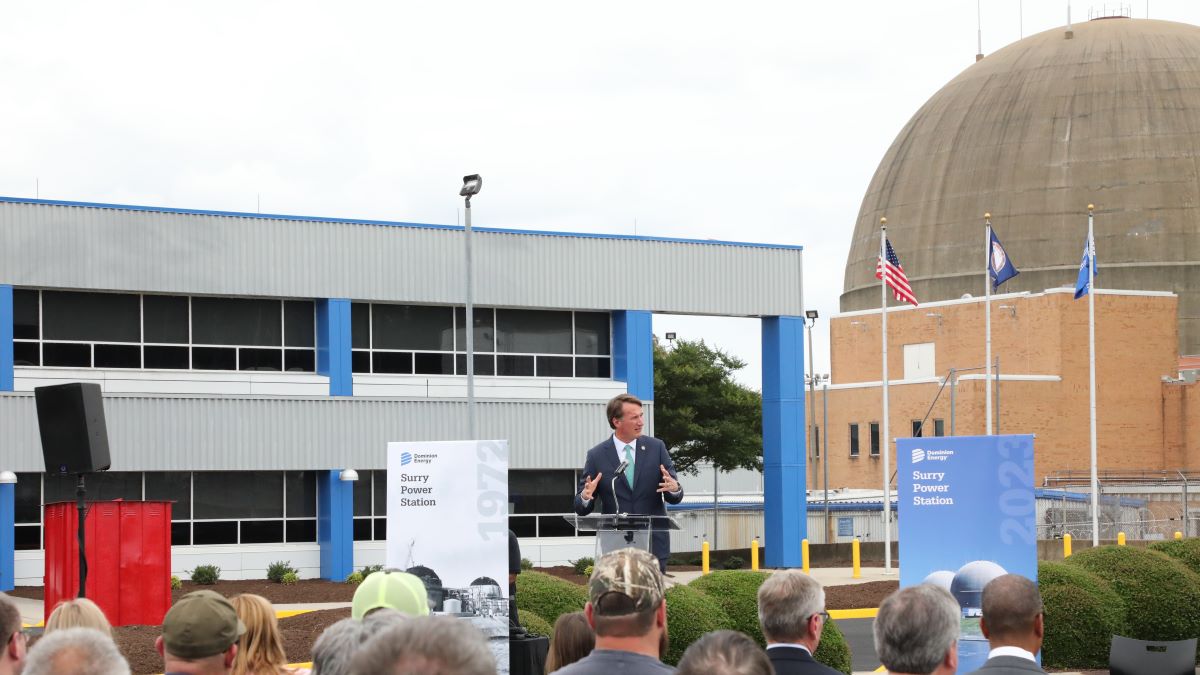
The budget proposed by Gov. Glenn Youngkin for the next two fiscal years includes $74 million for Norfolk’s massive coastal storm project.
The project has been in the works for nearly 10 years. It was developed in the wake of analysis about areas vulnerable to coastal storms directed by Congress after Hurricane Sandy.
It features pump stations, tide gates, surge barriers and a floodwall that will wrap around the riverfront from near the Campostella Bridge to Lambert’s Point.
The project, in partnership with the U.S. Army Corps of Engineers, will cost a total of about $2.6 billion. The federal government plans to cover 65% of that, and already earmarked $400 million for the project under the Bipartisan Infrastructure Law of 2021.
Norfolk is responsible for about $930 million – but city leaders have said they want the state to cover half of that. Youngkin’s proposal would put a small dent in that target, in addition to $25 million the state’s already given Norfolk for the project.
Pete Buryk, Norfolk’s director of budget and strategic planning, said the city’s grateful for the money Youngkin has set aside, and hopes the legislature gives it the all-clear.
“The funds in the proposed budget really demonstrate the Commonwealth's commitment and support to Norfolk on this effort,” Buryk said.
In his budget presentation to the legislature Wednesday, Youngkin also touted $500 million he’s proposing to address water quality and flooding.
A fifth of that comes from the Community Flood Preparedness Fund, a pot of money created to help localities around the state deal with local impacts of rising waters.
It was previously funded entirely by the proceeds from the Regional Greenhouse Gas Initiative — Virginia/s allocated hundreds of millions of dollars to flood prevention efforts in the last few years.
But Youngkin’s administration pulled out of the multi-state carbon market this summer. The governor has argued that a $2.39 monthly fee added by Dominion Energy to cover its participation in the program was a “hidden tax.”
At the time, groups publicly questioned where money would come from to tackle flooding once the state was no longer getting payouts from RGGI.
Environmental groups have lauded Youngkin’s funding proposals for environmental programs, including the $100 million for the CFPF.


